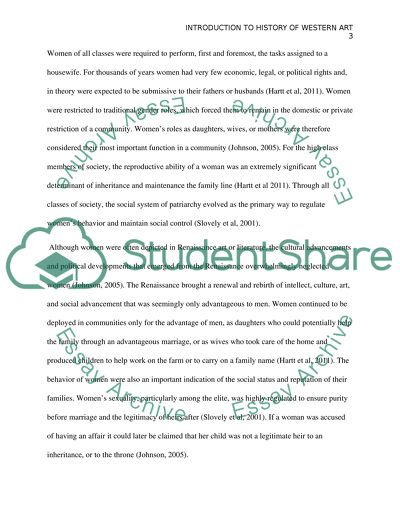Cite this document
(“Introduction to the History of western art Essay - 1”, n.d.)
Introduction to the History of western art Essay - 1. Retrieved from https://studentshare.org/visual-arts-film-studies/1641774-introduction-to-the-history-of-western-art
Introduction to the History of western art Essay - 1. Retrieved from https://studentshare.org/visual-arts-film-studies/1641774-introduction-to-the-history-of-western-art
(Introduction to the History of Western Art Essay - 1)
Introduction to the History of Western Art Essay - 1. https://studentshare.org/visual-arts-film-studies/1641774-introduction-to-the-history-of-western-art.
Introduction to the History of Western Art Essay - 1. https://studentshare.org/visual-arts-film-studies/1641774-introduction-to-the-history-of-western-art.
“Introduction to the History of Western Art Essay - 1”, n.d. https://studentshare.org/visual-arts-film-studies/1641774-introduction-to-the-history-of-western-art.


